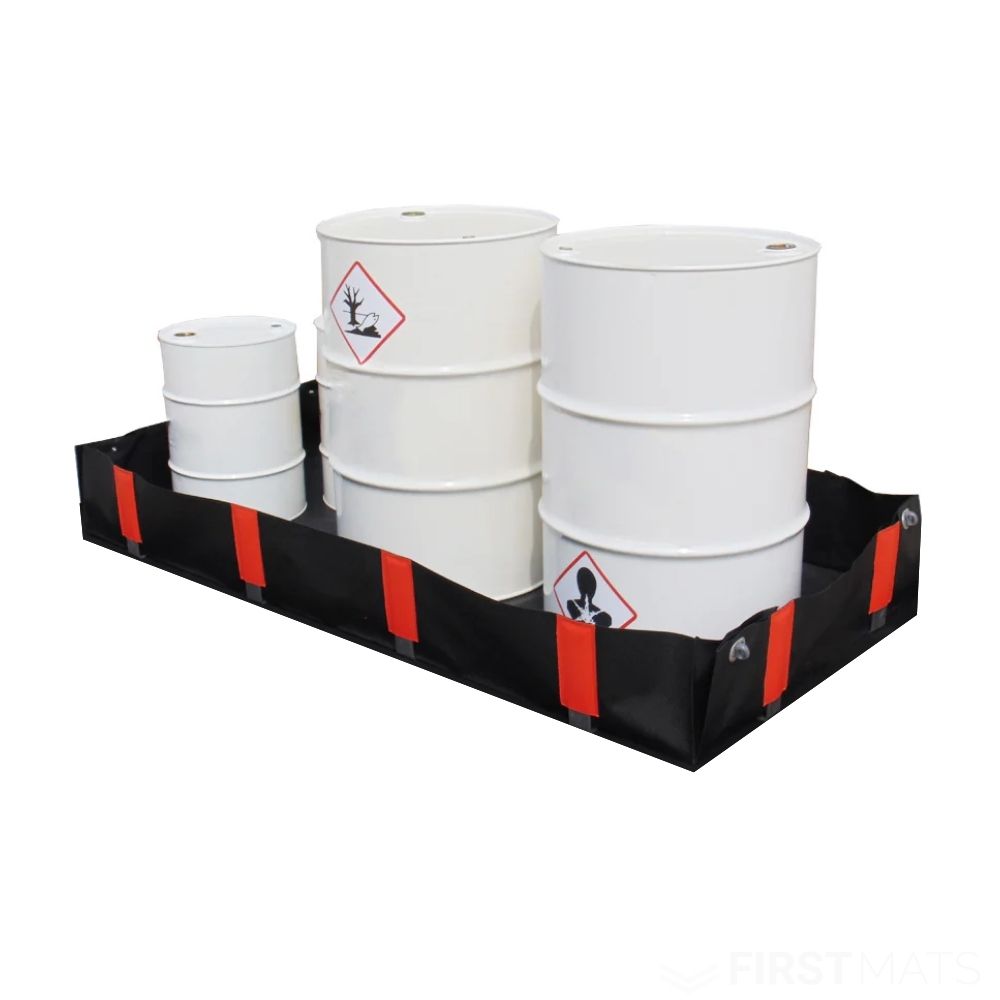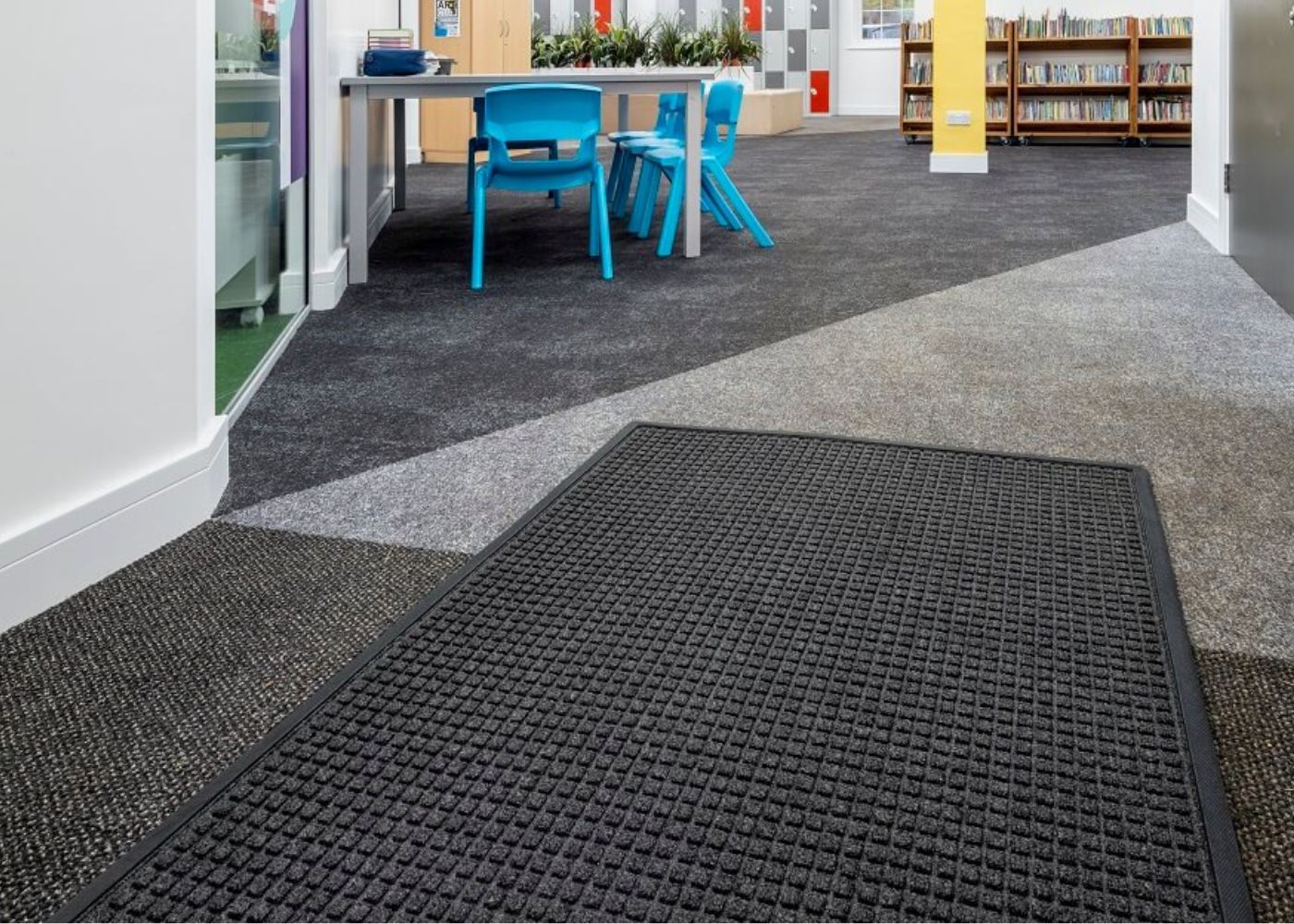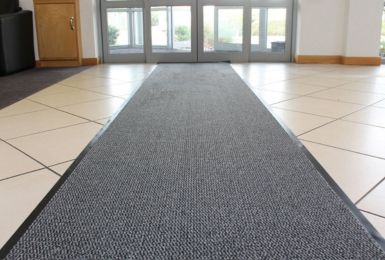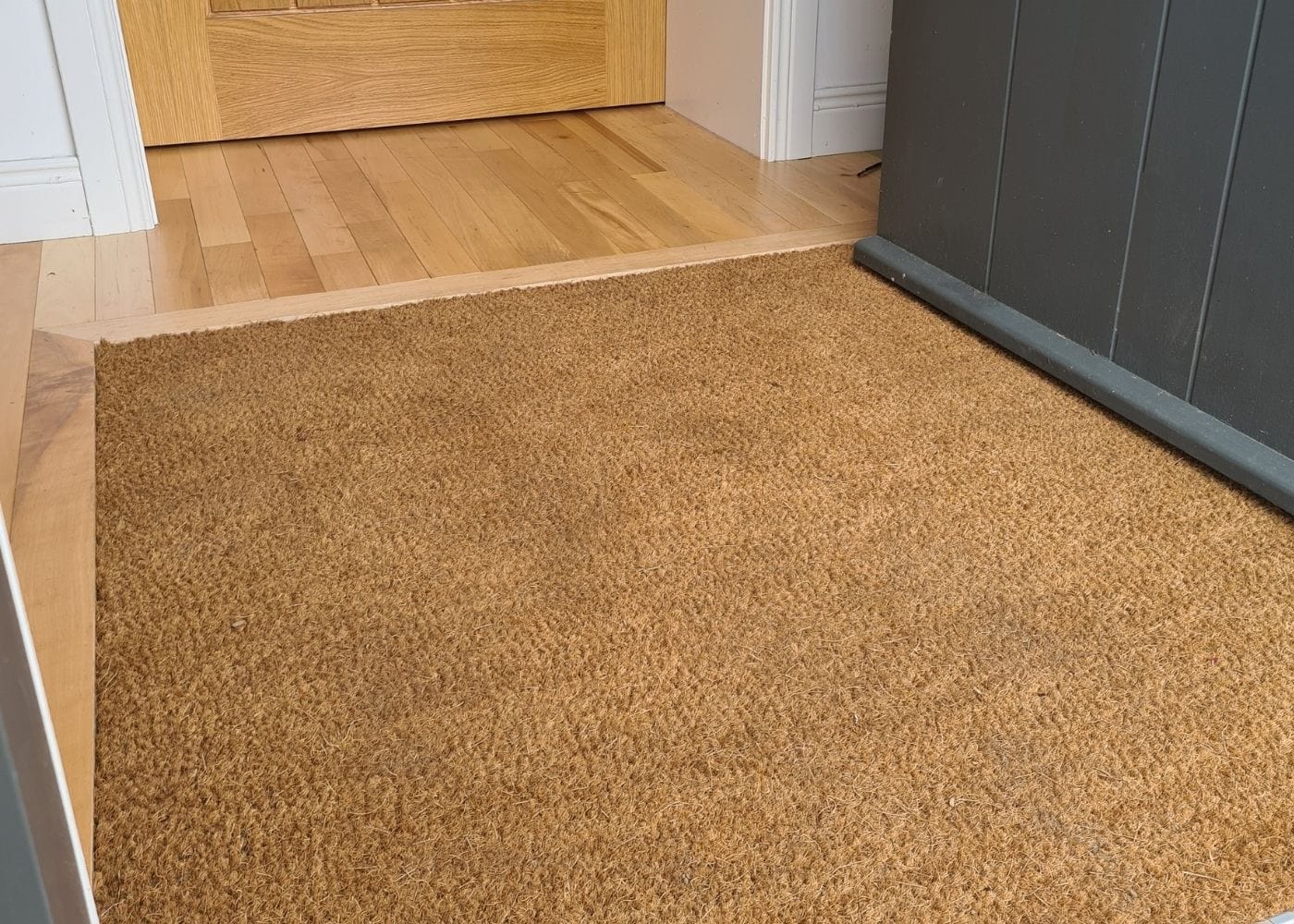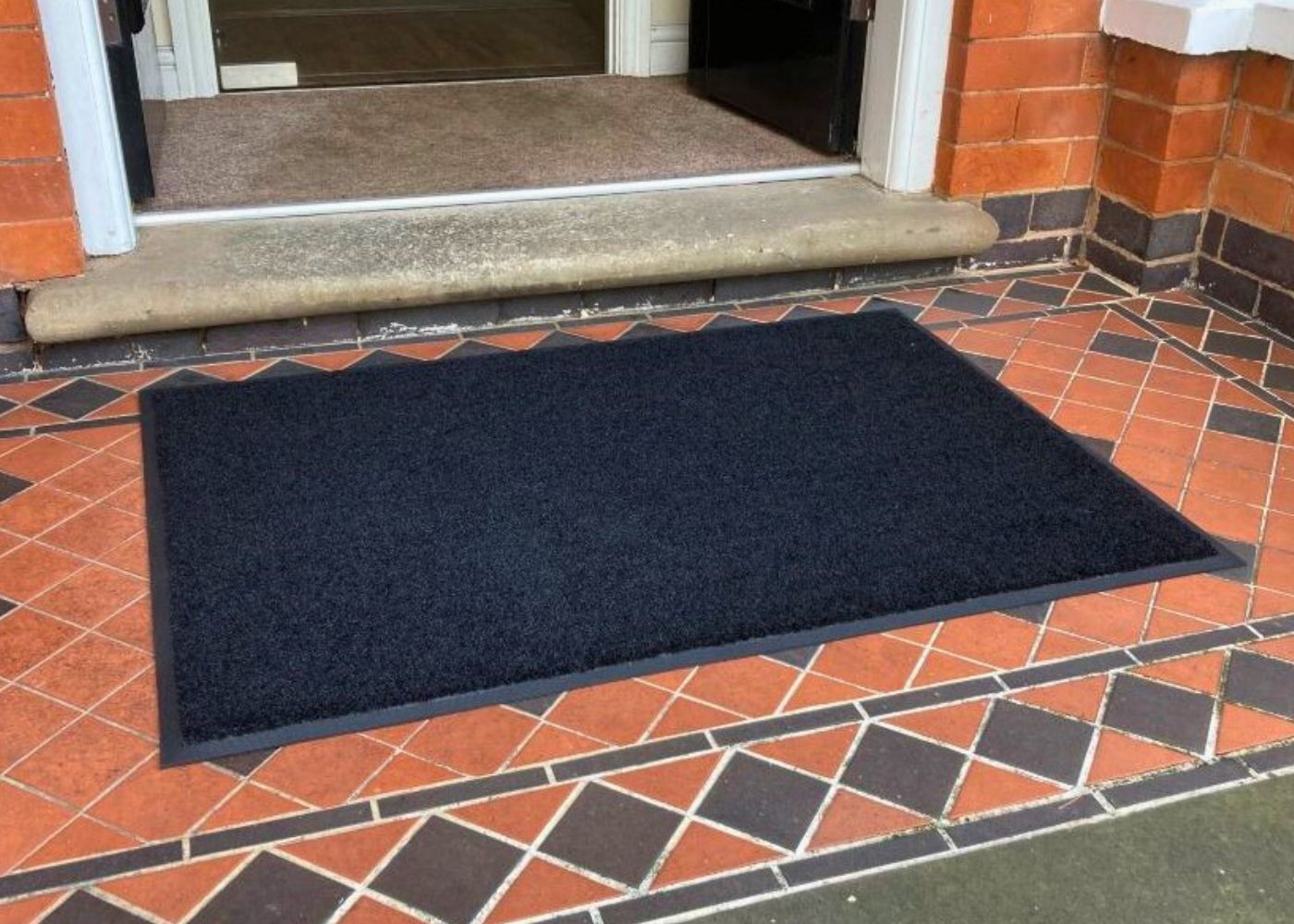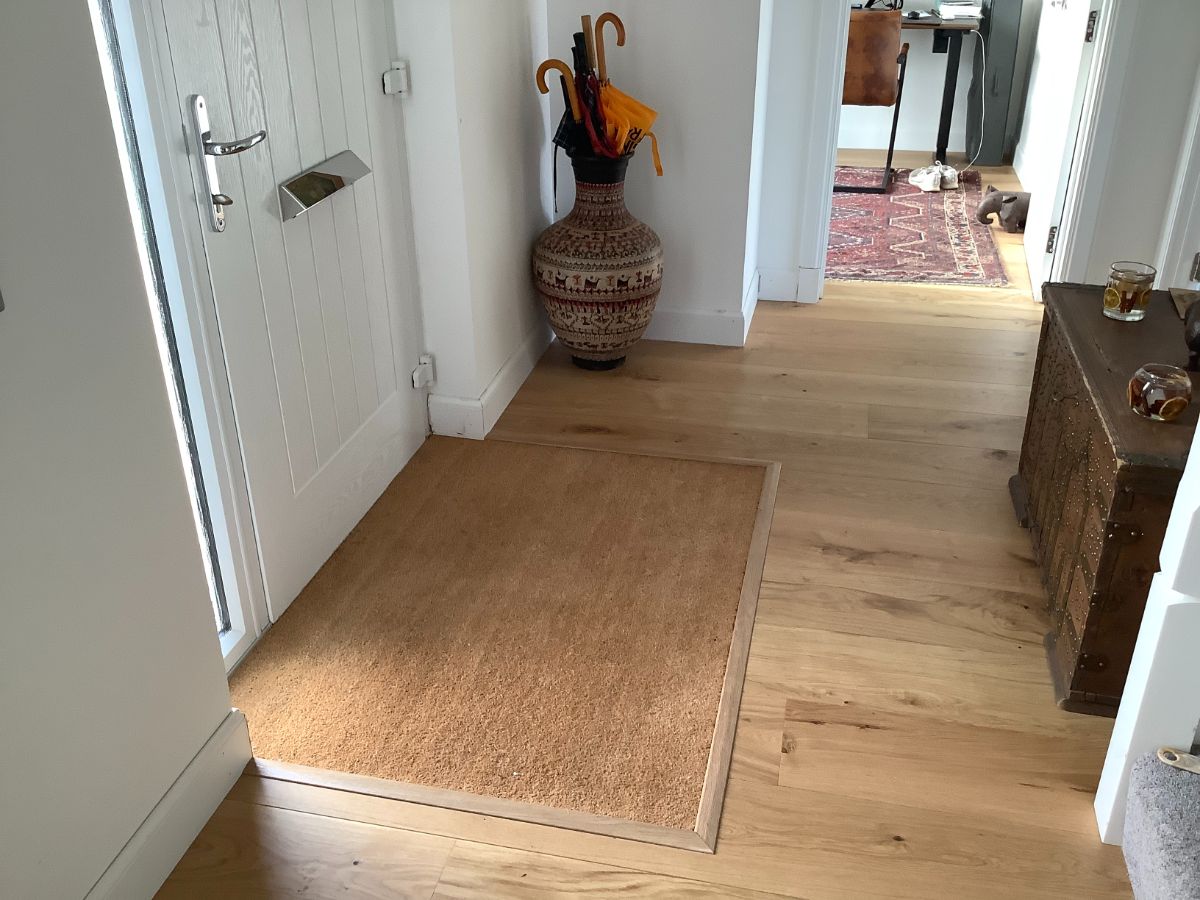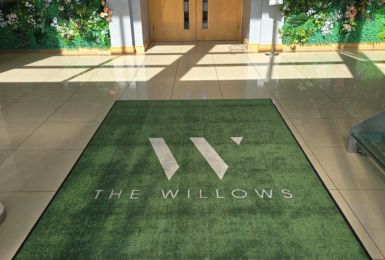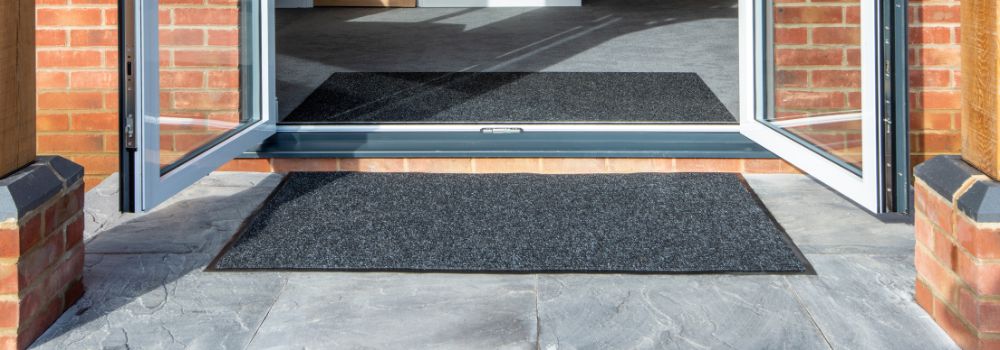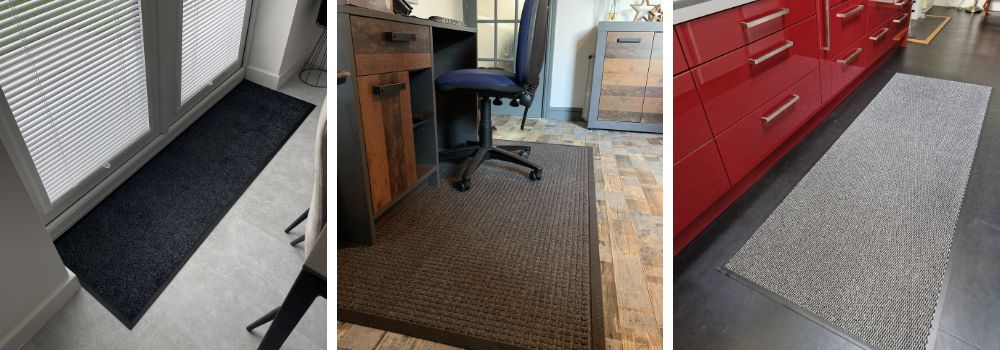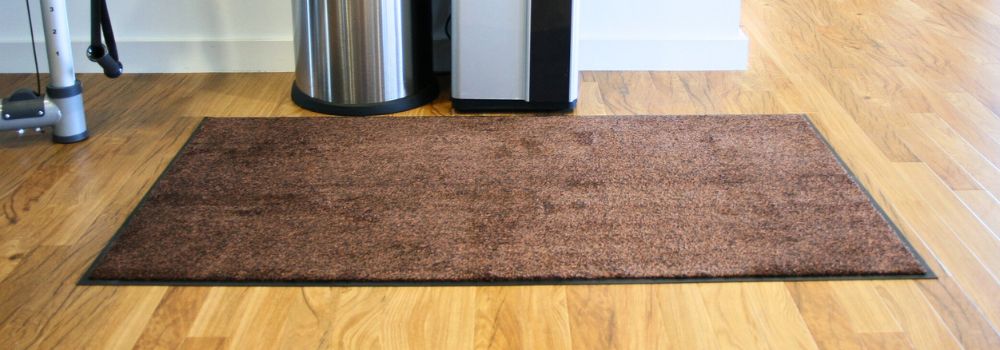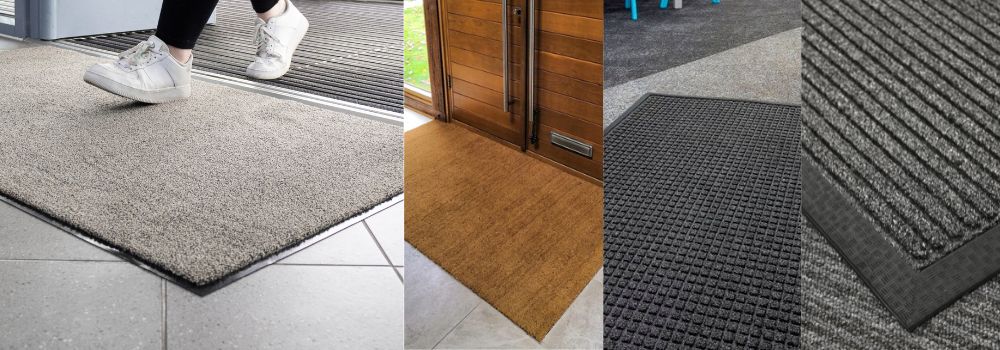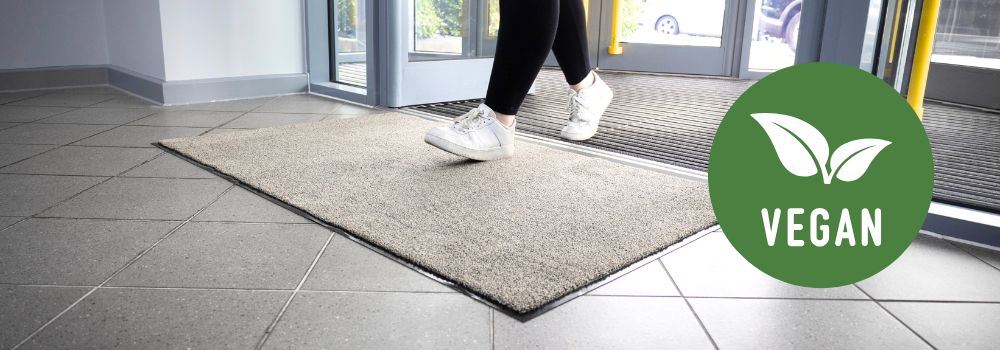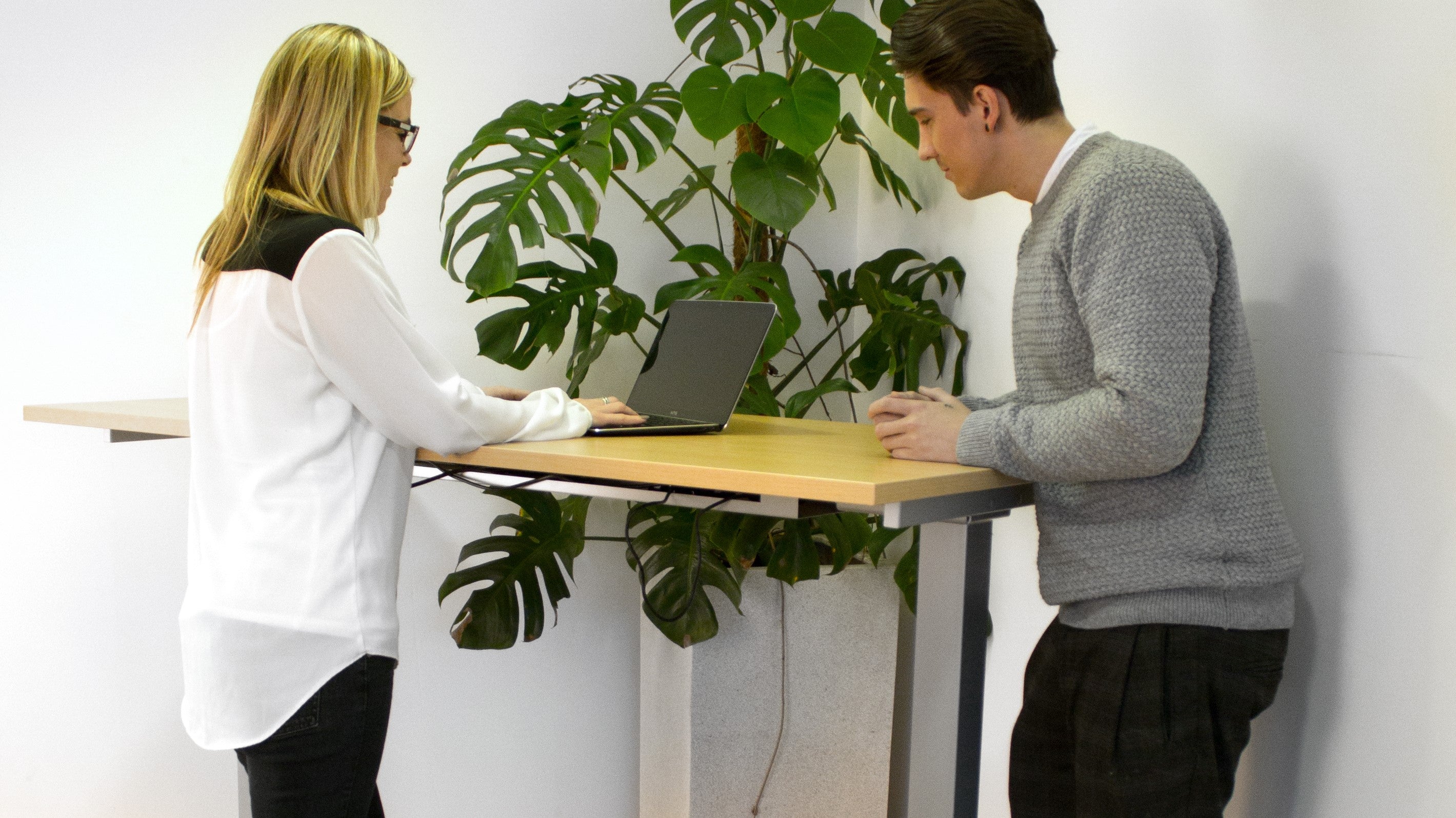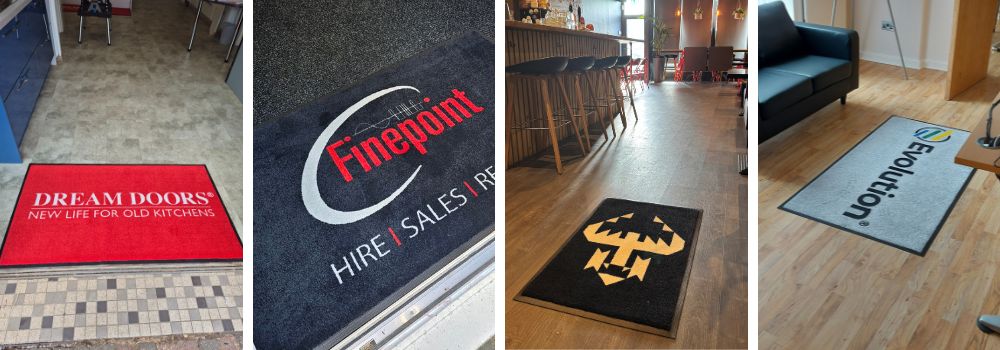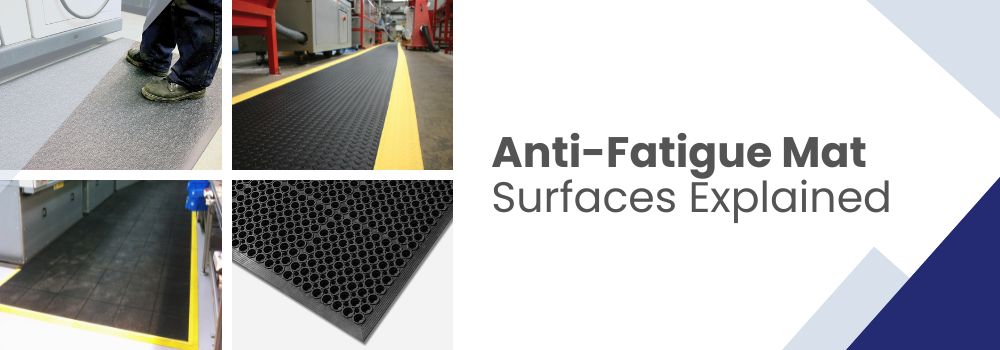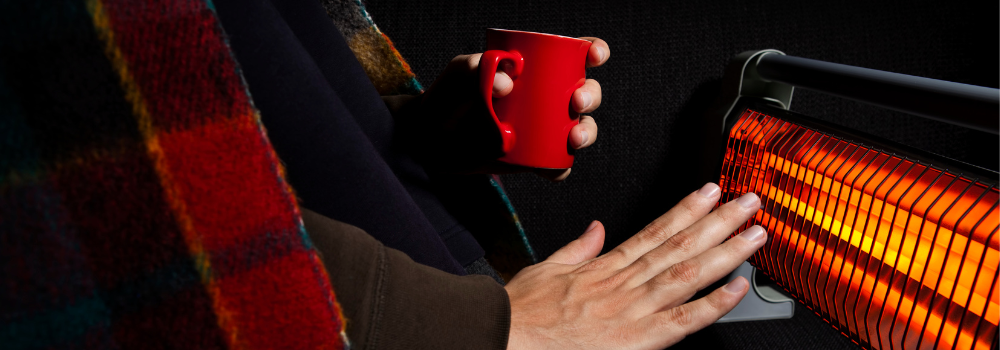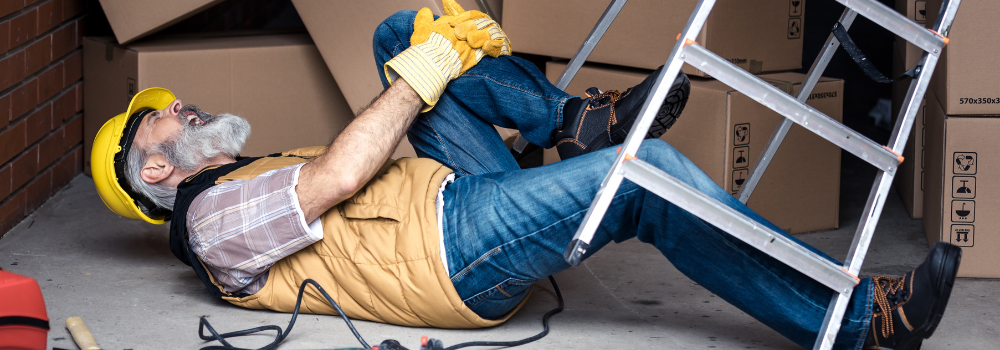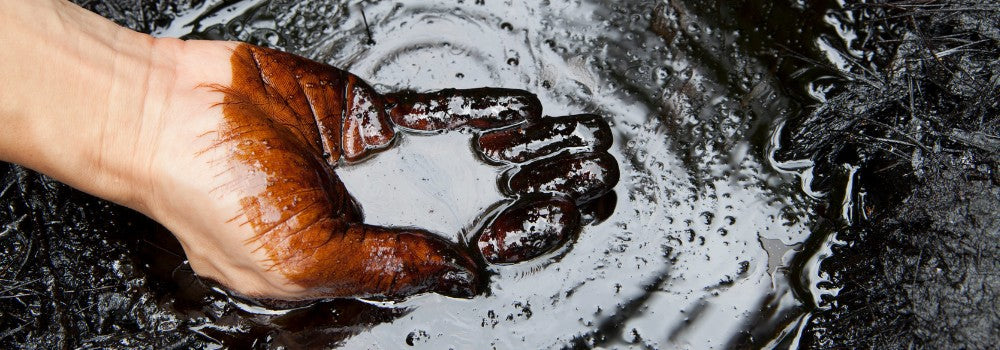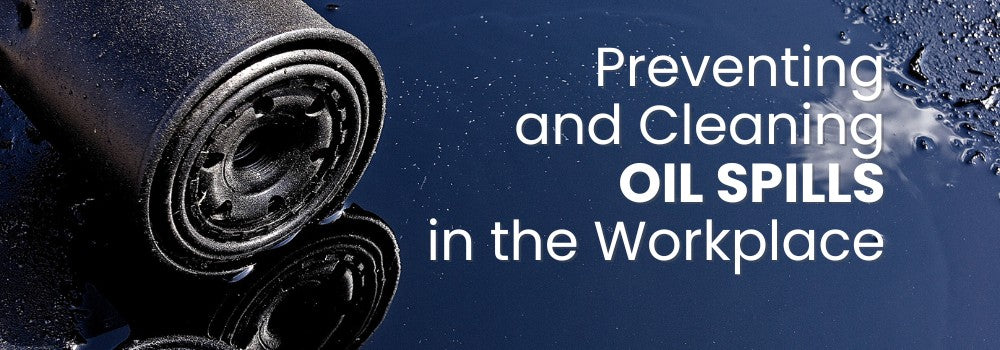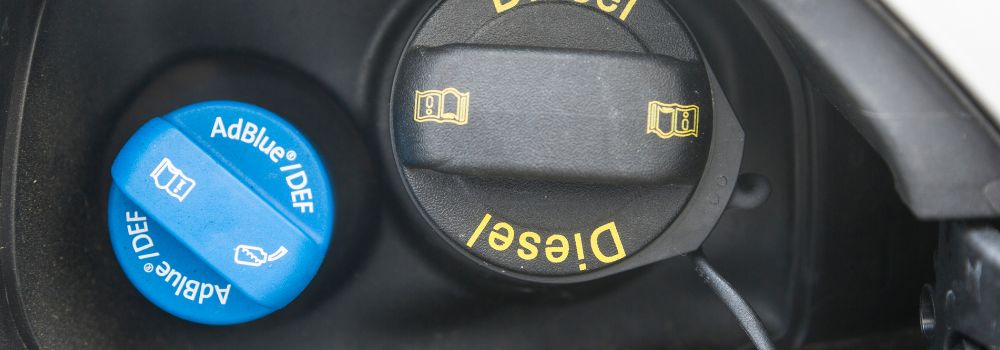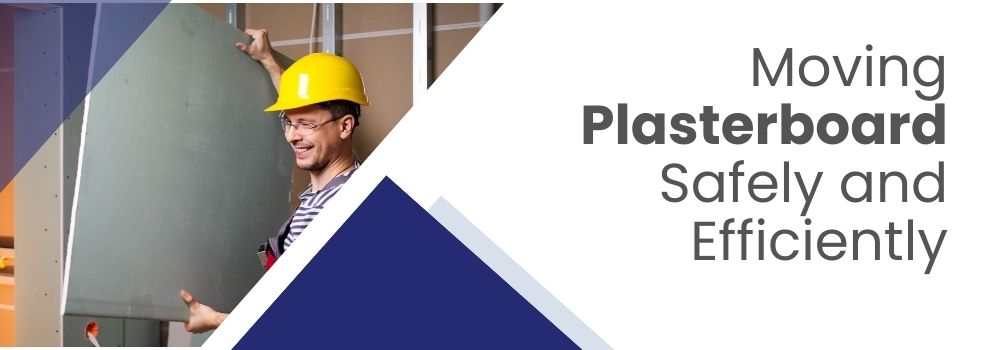The Best Matting for Kennel Flooring

by Richard O'Connor
Feb 17, 2022 | *5 minutes to readThe flooring you choose for your kennel will have a big impact on how much time you have to spend on cleaning and maintenance, how often you have to replace it and how comfortable the dogs are. It is important, then, that you get it right first time. Use our guide to the best matting for your kennels, and you will have no regrets.
The kennel is where the dogs will spend a lot of time; it is their ‘den’ – a place where they can feel comfortable and relaxed. As such, your kennel flooring should be designed to meet their needs while also making your life a little easier when it comes to looking after the area. Key features to look out for in kennel matting are:
- Anti-slip surface – if the dog(s) can easily slip about, they will have reduced comfort, and they are more likely to hurt themselves
- Easy to clean and dry – your kennel flooring must be cleaned daily, so making this task as easy as possible is a real timesaver
- Waterproof – for when ‘accidents’ happen, water bowls spill, rain or snow is brought in, and for quick spray-down cleaning
- Hard-wearing – dogs are often boisterous, and their claws and teeth could destroy a less durable mat in minutes
Why use matting?
Simply put, floor matting is more cost-effective and comfortable than alternatives surface over the long term.
Some common alternatives to matting are:
Bare or painted concrete – it definitely ticks the 'hard wearing' box, and most kennels will have a concrete base, which is fine. Leaving it uncovered/unfinished, though, is not a great solution – the floor will remain very cold throughout the winter months, there is no comfort whatsoever, and, from a business perspective (if you run a boarding business, for example), dog owners will take a look around your facility and be greeted with dull, austere-looking kennels.
Tiles – a step up from concrete, at least aesthetically, but you still suffer from comfort and temperature issues. You have also made your life a little bit harder – cleaning between tiles is time-consuming and grout will wear away. As it does, dirt and urine make their way under the tiles and generate a pervasive stale, unappealing odour.
Screed – no doubt, a good option. Durable, it looks good and is easy to clean – tick, tick, tick. The main issue with screed is the expense. You will more than likely need to have it professionally installed, particularly if you want curved edges to prevent liquids from getting in where the screed meets the wall. You will also need to be careful about either the type of screed you install or the type of cleaning system you use because some screed materials will react negatively to chemicals or steam, for example.
Kennel Matting Types
The type of matting you choose is largely determined by your use case. Dogs that like to dig will need a heavier duty matting than a more sedate, relaxed animal, for example. Some of the more popular kennel matting options are:
Rubber Studded Matting
This studded type of matting is extremely hard wearing, so even with more active dogs, you can rely on it to hold up. Rubber, of course, is super easy to clean, and the studs in this mat make it particularly good for increased traction. Buying matting off the roll (rather than tiles, for example) means that you can get the exact size you need, and you will have no joins for dirt or urine to seep into and cause problems for the concrete beneath.
Ribbed rubber matting
Fine ribbed matting provides similar benefits to studded matting, with the ability to buy the matting cut to size and so eliminate potentially leaky joins. There is usually a decent amount of bounce in these mats, so it is more comfortable for the animal to walk, sit and lie on. Finer ribs may need more attention when cleaning, particularly if the animal has defecated, dropped food or tracked in mud – the ribs can hold on to dirt and debris, so you will need to factor this in when you choose between fine or regular ribbing.
Rubber tile matting
A particularly good option for the professional kennel, where the nature of the dogs using the kennels will change frequently. If a tile becomes damaged by a particularly persistent digger, then you can simply replace the tile quickly and easily (they click together) without having to replace the entire floor covering. There are also typically more colour options available with rubber tiles – the dog might not care about the colour of the floor, but the owners will be comfortable leaving their animals with you if they find the area attractive.
The problem with this type of flooring is the same as with ceramic tiles – the joins can be problematic. You won’t necessarily have to fix these tiles permanently to the floor, however, so you can lift and clean underneath and between periodically, but this will obviously impact your cleaning and maintenance routine.
Rubber Sheeting
Rubber sheeting provides good comfort levels, is super easy to clean (you can wipe or spray it clean very quickly) and is nicely hard-wearing. It does not have the same traction as the textured options but still has some anti-slip properties. This is used in veterinary practices on examination tables and weighing scales. It is a particularly cost-effective option and can be replaced fairly easily and cheaply.
Explore More Topics
Frequently Asked Questions
If you have any questions, we’re here to help
How long does delivery take?
Each product comes with a specified lead time for delivery. We'll keep you informed if there are any delays in meeting this timeline.
Typically, once you’ve finalised your order and approved the proof, it will take 4-5 business days to make and deliver your finished mat.
If my order is damaged, can I return or exchange it?
Got a problem with your order? If something's not right or you're not thrilled with the quality, just let us know within 14 days of getting it. Drop us a line, and we'll tell you what to do next—usually, it starts with you sending us a photo of the issue. Once we check that out, we'll sort you out with a refund or a new item, no fuss.
Can I get my mat delivered more quickly?
Need your item in a hurry? Just Contact us to explore the faster delivery options we might have for you!
If my custom mat is damaged, can I return or exchange it?
Got a problem with your order? If something's not right or you're not thrilled with the quality, just let us know within 14 days of getting it. Drop us a line, and we'll tell you what to do next—usually, it starts with you sending us a photo of the issue. Once we check that out, we'll sort you out with a refund or a new item, no fuss.




























